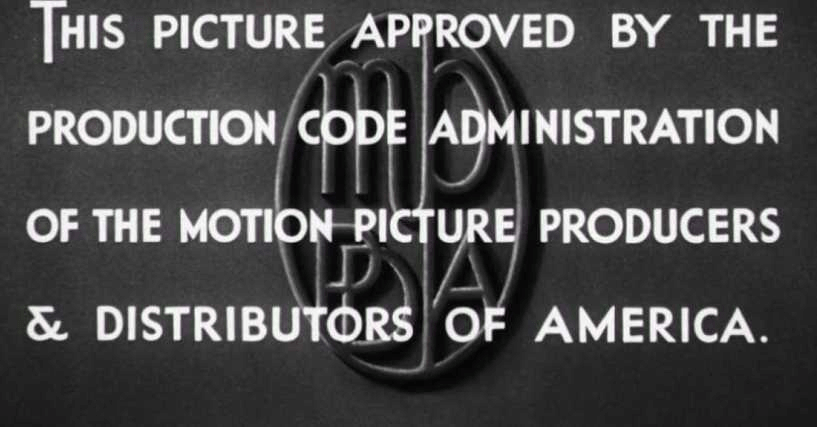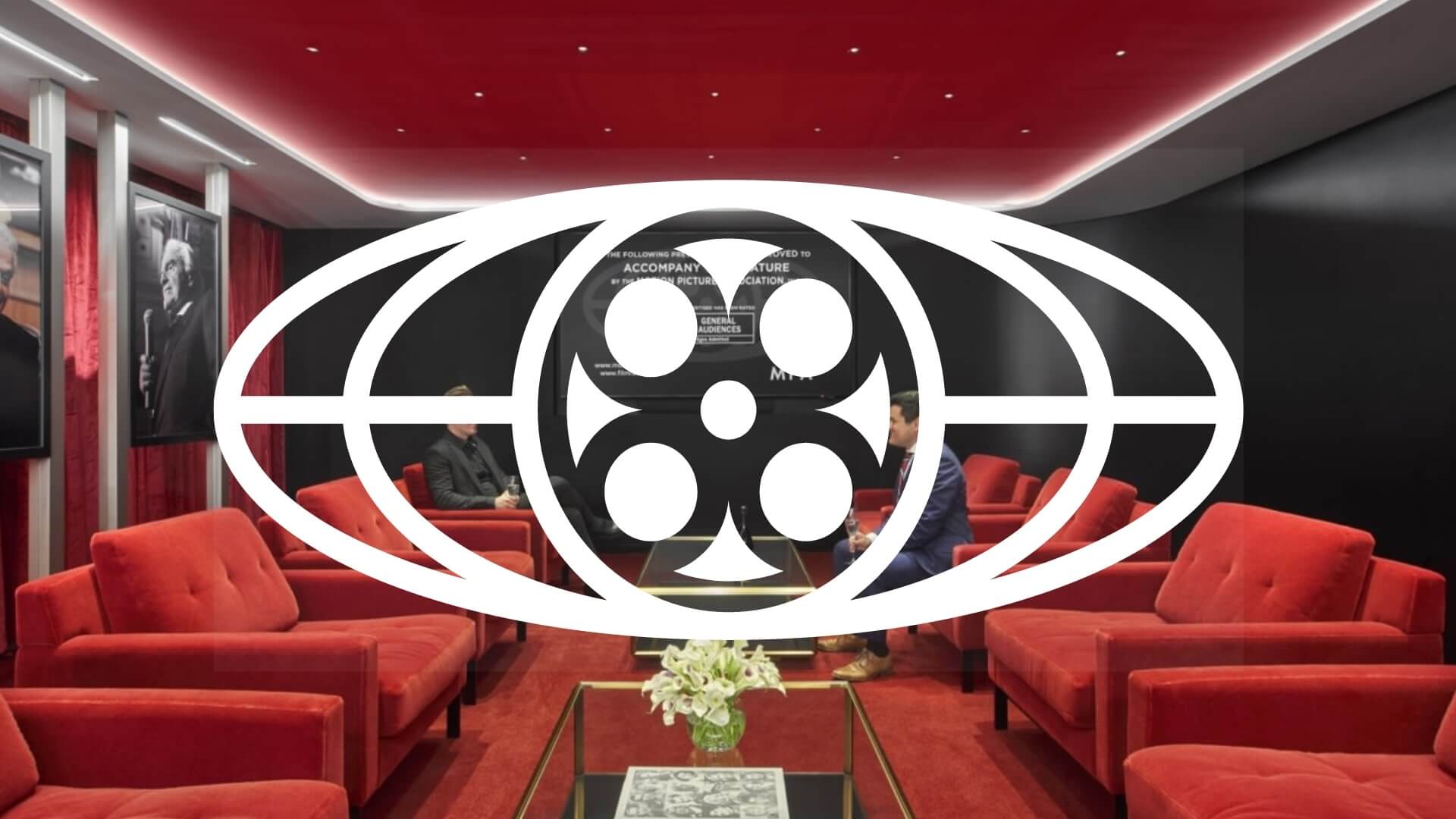What is the MPAA? You may or may not have heard the acronym before, but you have definitely seen and felt the influence of this organization if you have been to the movies in the past 99 years. The acronym was recently shortened to the MPA, but most people will be more familiar with their previous title as the MPAA. This long-standing organization has a complex history and has been a powerful force in the film industry for better and worse. In this post, we’ll be unraveling the entire complicated history of the MPAA, but first, let’s get started by making sense of the acronyms and getting a handle on what exactly this organization is.
What is MPAA
What does the MPAA do?
If you haven’t yet been educated on the ins and outs of the film industry, there may be a few unfamiliar terms throughout this post. Luckily, you can look up definitions for anything unfamiliar in our ultimate guides to filmmaking terminology, screenwriting vocab, and cinematography terms. It will also be easier to unravel the history of the MPAA if you are familiar with the Hollywood studio system.
MPAA DEFINITION
What is the MPAA?
The MPAA is a multifaceted organization that represents the interests of the major film studios along with streaming services. MPAA stands for Motion Picture Association of America. In 2019, the organization’s name and acronym were shortened to MPA: Motion Picture Association. The MPA has a hand in film distribution, the international film trade, anti-piracy efforts, and anti-copyright infringement efforts. The MPA also runs the voluntary film rating system and has been involved in American film regulation and censorship since the 1920s. The censorship efforts conducted by the MPAA and the ways in which they rate films have been the subject of much controversy over the years. We will be digging into each of these avenues in much greater detail in the following sections.
MPAA Explained:
- Formerly the Motion Picture Association of America
- Runs the voluntary film rating system
- Works in the interest of movie studios
When Was the MPAA Rating System Established
The origins of the MPAA
The shift from MPAA to MPA wasn’t the only time the organization shortened their name. When the organization was founded in 1922, it went by the name: Motion Picture Producers and Distributors of America, or MPPDA for short.
This name stuck until a rebranding effort was made in 1945, at which point the acronym was shortened to MPAA. You can see the organization’s original logo used in this bumper played at the end of the film New York Nights from 1929.
The original MPPDA logo • MPAA film rating system
These days, the MPA is best known for their film ratings and association with censorship. But the MPPDA was founded with a different goal in mind. The initial mission state of the MPPDA was to “ensure the viability of the American film industry.” That mission might sound a little bit vague, and that’s because it was for a time.
From the very beginning, the MPPDA had a hand in multiple film-related endeavors and has not always been transparent in their goals and methods. In the early days, the chief goal of the MPPDA was to ensure the financial stability of Hollywood. And a major part of that involved securing funding from Wall Street on the East Coast.
MPAA Movie Ratings
Regulating film content
Before the organization began rating film content, they first had a hand in directly controlling it through strict regulation. Censorship was a part of this regulation from the beginning. The MPPDA sought to maintain what they considered a “clean moral tone” across the slate of films that were produced in America. This censorship began as guidelines and suggestions before becoming much more strict over time.
The MPAA has a lengthy history with censorship • What does MPAA stand for
In addition to securing a “clean moral tone” on screen, the MPPDA sought to ensure the same cleanliness offscreen as well. The organization imposed a code of conduct upon actors that governed what they could and couldn’t do in their personal lives anytime they were in the public eye.
This was directly in the interest of the Hollywood studio system which the MPPDA represented. And the associated “star system” which governed the actors who appeared in these films during a time where stars were figuratively “owned” by a particular studio for an extended period of time.
The Hollywood star system explained • What does MPAA mean
The MPPDA also played a hand in preventing independent productions from getting off the ground by working to form a trust that secured the power of the aforementioned Hollywood studio system. Members from each of the studios in the studio system were directly involved in the MPPDA, allowing them to use their power and influence to stifle smaller creative voices.
The organization has been accused of corruption in a number of forms throughout its lengthy history.
MPAA Rules
The Hays Code
After eight years in operation, the MPPDA established the Production Code in 1930. The Production Code was also commonly referred to as the Hays Code, named after the MPPDA president Will H. Hays. The production code was a stricter way to impose the “clean moral tone” the MPPDA had already been pushing for. Before the Hays code, the content and censorship suggestions made by the MPPDA were just that: suggestions.
The Production Code, on the other hand, was legally binding and punishable by law as of 1934. This is why pre-code Hollywood films were often more risqué and pushed the envelope further than films in the following decades.
How the Catholic church was involved in the Production Code • What is MPAA
The Production Code Administration, or PCA for short, was formed to enforce the Production Code, to approve or deny films, and to dole out punishments for violating the Production Code.
To be shown in any U.S. movie theaters, approval from the PCA was required, and violating this requirement incurred a fine of $25,000, which is equivalent to around $500,000 after adjusting for inflation.
Hays Code rules • MPAA movie ratings
The Hays Code was comprised of many rules, some of which were more general, while others were more specific. Certain rules, such as not showing audiences the exact process for “dynamiting a train” could be considered reasonable in the interest of public safety. But many of the other rules have been severely criticized for stifling creative freedom and for sanitizing stories to an unreasonable degree.

The MPPDA’s seal of approval • What does the MPAA do
Rules like those against showing “the use of liquor in American life” and against presenting obscenity in any form seem especially stuffy from a modern perspective. Certain rules, such as those forbidding the depiction of “miscegenation,” (aka interracial relationships), or “sex perversion,” which at the time included things like homosexuality, are especially deplorable in retrospect. A need to circumvent these suppressive rules led to things like “queer coding.”
What is queer coding? • Motion Picture Rating Association
Though the modern-day MPA remains controversial for a number of reasons, their regulatory death grip over the U.S. film industry has thankfully lessened over the years. The Hays Code remained in place for many years, but big changes were on the horizon in the mid-'40s.
Related Posts
What Does the MPAA Do
Becoming the MPAA
Will H. Hays stepped down from his role as the MPPDA president in 1945. His replacement, Eric Johnston, set about rebranding the organization immediately. This included the name change from the MPPDA to the MPAA. This new name and acronym remained in place for the next 76 years. Although Hays himself left the organization, the Hays Code stuck around a while longer.
Victims of Hays Code Censorship • MPAA rating meaning
Under Johnston’s leadership, the Hays Code was not repealed but it was significantly altered. The rules loosened in regards to some topics, such as drugs, but tightened in regards to other topics, such as blasphemy. Though they were forced to abide by these strict rules and regulations, talented filmmakers were still able to make many great films during this time.
All of the best film noirs were made under the Hays Code, and many of Alfred Hitchcock’s best films had to abide by these strict rules as well.
Vertigo, Hitchcock, and the Spiral • Subscribe on YouTube
The Hays Code would remain in effect for another 23 years before a new initiative finally came along to replace it.
What is MPAA Rating
Introducing the rating system
The Hays Code was finally repealed in 1968, allowing filmmakers far greater freedom when it came to the content of their movies than they had during the production-code era. The film rating system filled the role of censorship and oversight left vacant. The repeal of the Hays Code was key in the New Hollywood revolution that began in the late 60s and ran into the 70s.
New Hollywood video essay • What does MPAA stand for
Unlike the Hays Code, which was mandatory and punishable by law, the new film rating system was voluntary. Producers had a choice in whether or not to submit their film for an MPAA rating, though choosing to remain unrated came with downsides including reduced audience-size and box office potential.
How MPAA ratings are decided and enforced • MPA film
There was more nuance to the new rating system as opposed to the binary “approved” or “denied” classifications assigned by the PCA. The new rating system was also created with the intent to provide information about the age appropriateness of a movie. Something the Production Code did not provide.
The rating system changed a great deal over the years, but the last significant change to the system came in 1990 when the X rating was exchanged for the NC-17 rating. For a deeper dive into the MPAA’s rating system, be sure to read our movie ratings explained article.
What Does the MPAA Do
The modern day MPA
Under the current leadership of Charles Rivkin, the MPA continues to operate to this day. The name was shortened from the “Motion Picture Association of America” to just the “Motion Picture Association” in 2019. The organization has said the reason behind this name change was to, “reflect the global nature of film.” The MPA name only became official within the U.S. in 2019 but has been used internationally since 1994.
Many are outspoken against the MPAA’s rating system • What is MPAA
These days, the MPA continues to rate films as well as support ventures like the Alliance for Creativity and Entertainment, or ACE for short, and the Diversity and Multicultural Outreach program, or DMO. ACE included Netflix and Amazon alongside the major traditional film studios as part of the coalition. The MPA also remains active in copyright infringement and piracy issues both foreign and domestically.
UP NEXT
A History of Censorship in America
The controversial history of the Motion Picture Association is ongoing, as is the film industry’s back and forth struggle with censorship. We’ve talked about the MPA’s involvement in film censorship already, but they are far from being the only group to have a hand in stifling creative expression. Discover the complex history of censorship in America going all the way back to 1897, up next.
Up Next: Censorship in America →
Showcase your vision with elegant shot lists and storyboards.
Create robust and customizable shot lists. Upload images to make storyboards and slideshows.
